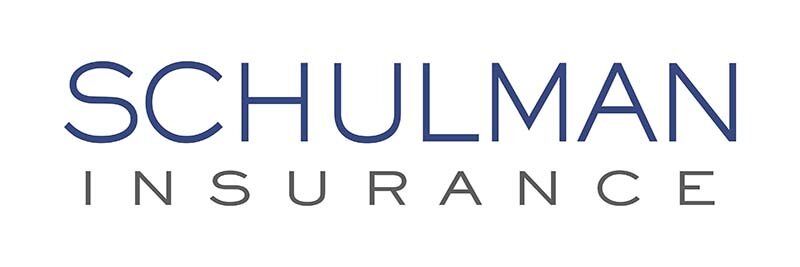2020 MLR Rebate Checks Recently Issued to Fully Insured Plans
Issued date: 10/21/20
As a reminder, insurance carriers are required to satisfy certain medical loss ratio (“MLR”) thresholds. This generally means that for every dollar of premium a carrier collects with respect to a major medical plan; it should spend 85 cents in the large group market (80 cents in the small group market) on medical care and activities to improve health care quality. If these thresholds are not satisfied, rebates are available to employers in the form of a premium credit or check.
If a rebate is available, carriers were required to distribute MLR checks to employers by September 30, 2020.
Importantly, employers must distribute any amounts attributed to employee contributions to employees and handle the tax consequences (if any).
This does not apply to self-funded plans.
What Do I Do with this MLR Rebate Check?
Insurance carriers are required to satisfy certain medical loss ratio (“MLR”) thresholds. This generally means that for every dollar of premium a carrier collects with respect to a major medical plan; it should spend 85 cents in the large group market (80 cents in the small group market) on medical care and activities to improve health care quality. If these thresholds are not satisfied, rebates are available to enrollees.
This does not apply to self-funded plans.
The rules around rebates are complex and require careful review with ERISA counsel. Among other things, an employer receiving a rebate as a policy holder will need to determine:
who receives a rebate (e.g., current participants v. former participants);
the form of the rebate (e.g., premium reduction v. cash distribution);
the tax impacts of any such rebate (on both the employer and participants receiving the rebate); and
what, if any, communication to provide participants regarding the rebate.
The following questions and answers are designed to provide information as to what employer action may be necessary.

